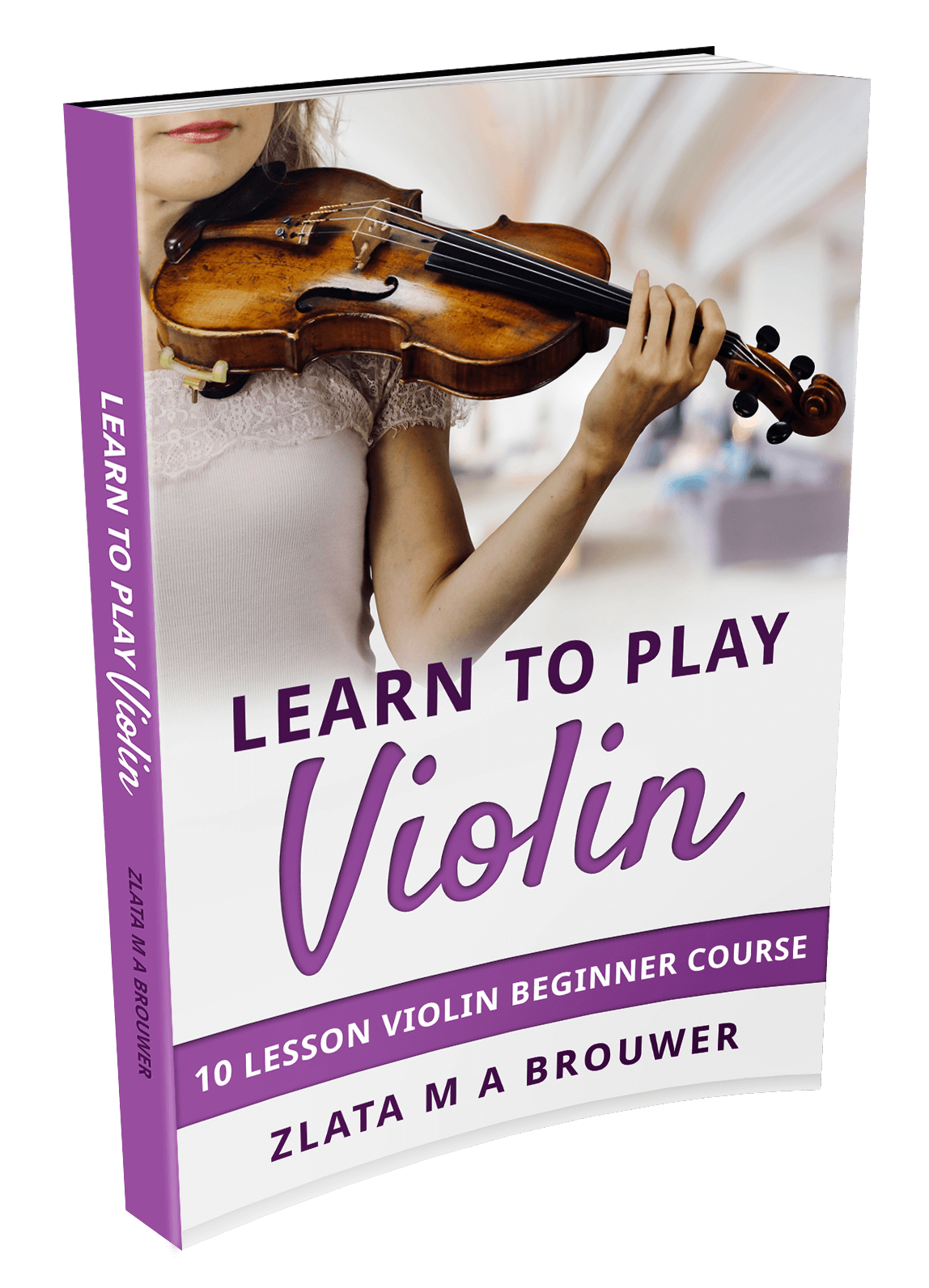What to do if you find Something Different on the Internet than what your Teacher Tells you | Violin Lounge TV #240
In this video I give you 5 tips to end the confusion if you find something different on the internet than your teacher tells you in your private lesson. It might clarify some things to you and end some frustration for teachers.
Tip 1: Check the source of your information.
What is the authority of the youtube teacher? Is he/she a professional player with a conservatory background? Or is he/she an beginner or amateur just sharing their experiences?
Tip 2: Ask yourself if the two statements can be reunited
Is there really a contradiction? Or are there just several ways to say the same? Can the two statements complement each other?
Tip 3: Ask yourself if the general advice is applicable to you
Perhaps this general advice doesn’t apply to your current situation. For example when you are holding your violin already too much to the left, a video about holding your violin a bit to the left doesn’t mean that you should move your violin even more to the left.
Tip 4: Ask your teacher to clarify
If a video confuses you a lot and contradicts what you’ve learned, you might want to show the video to your teacher and ask him/her to clarify.
Tip 5: There are different playing and teaching styles
Know there are several ways to Rome: violin playing is not an exact science. If you look at the greatest concert violinists, you’ll notice that several ways of playing are possible and can lead to beautiful results.
Is this video helpful to you? Please let me know in the comments below! If you like it, share it with your friends!
Love,
Zlata
PS: Do you have questions or struggles on violin or viola playing? Post a comment below or send an e-mail to info@violinlounge.com and I might dedicate a Violin Lounge TV episode to answering your question!
Join my FREE beginner violin course
I take you from scratch step by step to your first violin concerto including 40 videos, sheet music and violin tabs.


🙂 Thank you for this, Zlata.
As a violin teacher of many years, I do often trawl the internet for further inspiration, and I have found some outstanding tips in places such as e.g. Todd Ehle’s take on teaching vibrato and also very fast staccato runs. I am also fairly well “networked” with several other teachers and we exchange notes and discuss pedagogic issues.
I appreciate that you refer back to the teacher. In particular, learning violin is a 1:1 affair, not a mass-production effect. Every student learns slightly differently; every CNS is wired somewhat differently from all others. This is what makes it so interesting and so individual. I have had various students come to me who first tried to “teach themselves” online from general youtube vids and so on, only to realize that nothing replaces 1:1 tuition where the feedback is concerned. It is almost as in a doctor’s office: “Diagnose me – what am I doing wrong?” There may be at times only one way of doing something right, but the ways of doing it wrong are so many that it takes a teacher to observe, and to strategize with the student how to correct a faulty technique once it has arisen.
Thank you for this blog post.
Thanks for your comment, Lyz, you’re absolutely right that it’s an individual road that’s unique for every student.
I had this exact issue between my fiddle teacher and my violin teacher. They were each using different terms for the same desired outcome. It can be confusing especially for a beginner. I also learned that this also happens when trying to learn fiddle tunes, especially traditional tunes that can be played with many variations. One source may call an embellishment by a certain term while another source calls it by a another term. Both refer to the same thing, but call it by a different name. It’s impossible to learn this overnight (like I would like) so I ask questions and try to learn what terms are used for the same skill. I’m nowhere near being well versed, but I think it’s important to be aware of.
Yes, it’s good to be aware of this! And… violin playing is an art and not an exact science… so there will always be differences in interpretation.